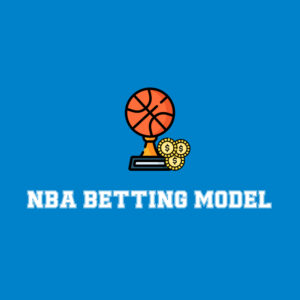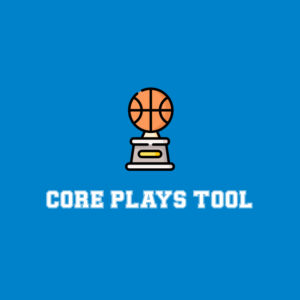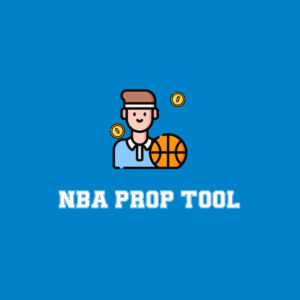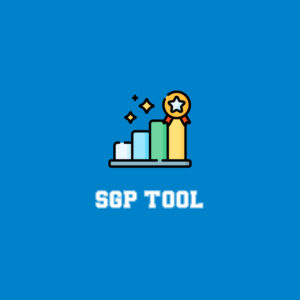
Did you pick up an orphan team in dynasty fantasy football whose outlook is bleak? Have you made a few too many wrong choices resulting in a lackluster roster? Don’t sweat it — we have you covered. The rebuild process can be lengthy and rushing it can derail you, thrusting you into a perpetual rebuild. So we need to be patient and prepared to dive into it.
Let’s take a look at a few key techniques and approaches that are out there to assist you in this rebuild process.
Dynasty: How to Rebuild
Asset Assessment
Step one is the most critical. Taking a step back and truthfully assessing your roster will allow you to understand where it went wrong. So many people just wing the rebuild. That will work occasionally, but it is not reliable. Without figuring out some key information, we cannot build a useful plan. The key points we are looking at here:
- Positional Starters: Do you have one or two viable starting-caliber quarterbacks? Do you have enough starting quality players for every starting position? This will vary depending on the league setup.
- Strengths: Where do I have an excess of depth and strength — be careful here, as there could be false depth especially this time of year. This is where you need to be honest — players like Jalen Coker or Jaylen Wright should not give you a feeling of depth. When I refer to strength or depth here, I mean viable proven weekly assets.
- Weaknesses: Much like any fantasy format, our production comes from the top few players on our roster. After these players, where are the weaknesses in your roster? Are you currently starting a handcuff running back in the flex spot? Are you starting a team’s WR4?
- Upside players: Upside players are key to fantasy. They should not be avoided but also not relied on. Keeping a good ratio of these players is key and depends on your roster size and construction. With more established assets you can take more risks. If you have fewer reliable assets you may want to limit your upside swings for the time being.
- Roster cloggers: These players are the dead weight at the back of your roster. Sometimes these players have emotional connections tied to them or don’t, but eventually, you need to pull the ripcord. Examples are Jahan Dotson, Elijah Moore and Zach Wilson — it just isn’t going to happen so don’t waste the bench spot on them.
- Age: What is the age of your roster, and do you have starters reaching the age of decline? If so, how many and who holds good trade value?
- Draft picks: Do you have any? How many and what rounds?
Planning
After our roster assessment, it’s time to get into the lab and plan our approach. It is fairly straightforward though: Trade strengths for weaknesses. This will not always work out, but we want to try and acquire players who are viable to the rebuild process. So many times I see the recommendation to “just add talent.” This works to strengthen a roster, but if you acquire 10 starting wide receivers and can only play four, what’s the point? So make trades with your plan in mind and fill your roster to strengthen your weaknesses.
One key to never forget is that this may be a plan, but we need to be flexible and willing to alter our plan to fit the needs of the market and our progression through the plan. Flexibility allows you to truly make the most significant leaps in roster construction.
Key Points No Matter the Approach
Draft Picks
Draft picks are the shiny new toy under the Christmas tree, but you need to be cautious here. Many people would think more picks equal more chances to find a gem — this isn’t completely wrong, but it’s not the best practice. Most rookie picks end in failure, to the point that after Round 1, you are throwing darts at the wall hoping they stick. Since 2020, only 37% of picks inside the first three rounds of rookie ADP produce viable fantasy seasons. Round 1 is the exception with a 68.6% hit rate, but it falls off quickly after that with only 28% of second-round and 16.4% of third-round picks hitting. See chart below:

The moral of the story here is that overloading on rookie picks at the expense of viable assets can be a slippery slope. Rookie picks are critical in a rebuild, but it should be more of a quality approach than a quantity one. If you have inherited a plethora of later picks, it is also smart to capitalize on rookie fever to trade some for viable assets or tier up the picks — i.e., two thirds for a second. That’s especially effective on draft day, when managers are more eager to make deals that favor you, as they hope to land the next Puka Nacua or James Robinson.
Know Your League
Knowing your league is important when picking your approach or planning your blueprint. First, know your settings and scoring format; this changes player values drastically. Second, know your leaguemates. Who is the overtrader? Who is the pick hoarder? Who is not likely to trade? And so on. All of these are important — for example, if your whole league doesn’t trade often, you will have to pivot your approach in a rebuild, making it harder to quickly turn it around.
It’s also worth knowing the direction of fellow teams, which are rebuilding alongside you or pushing all their chips in gives you an advantage when approaching them to trade. Knowing what they need is just as important as knowing what you want.
Contracts
This is an element that is vastly overlooked in the community. It’s hard to keep up with, but a general knowledge is helpful. Teams, situations and playcallers impact fantasy, so adding a player on the last year of his deal is not an ideal investment during a rebuild. With an uncertainty of where these players may land in a year from now, we want to avoid as many of them as possible. This goes as deep as positional differences as well. It is more likely wide receivers or tight ends earn a second contract from their team than running backs, making it easier to invest in them as opposed to the latter. So at least keeping this in mind when mulling over trades can be helpful.
Approaches
There are a few approaches you can utilize, long-term or a quick turnaround. Both can work but one builds for the long haul and requires more patience and forward-thinking, while the other is a more immediate turnaround but can lead to a fallout in a few years if you’re not careful.
Quick Flip
With this approach we are not focusing on age or positional shelf life, Just trade, baby!
Adding assets who can get us points weekly now is the primary focus. We may forgo future prospects while doing this, but we can recover once we establish a solid base. Keeping our strengths in the front of our minds, we want to flip them for areas of weakness. In the process, we may need to flip some youthful assets who can return a few pieces for one. For example, trading Jordan Addison for Chris Godwin and Kyle Pitts — it’s a downgrade at wide receiver, but it fills a void at tight end. This is mortgaging the future a bit, but the point at the start is to become competitive now while building a base.
A key to this approach to stay relevant past this year is holding your draft picks. This is the easiest and cheapest way to add youth to our roster. Holding onto your early picks allows you to rejuvenate an aging roster after potentially stripping it of youth to become relevant now. Failure to do this could result in disaster and put you into a tailspin that will be hard to overcome.
Something critical to this approach is activity. More times than not this only works in leagues with active managers. Trading is the backbone of this approach and is required for the initial effort to flip the team quickly but is also needed to keep your roster turnover active to avoid flaming out in a few years. If your league doesn’t trade a ton this approach may be harder to execute than others.
Built to Last
This is my preferred method.
With this approach, it’s all about building for the future, moving pieces in place to be competitive in a few years while building a pipeline of youth. This starts with unloading the aging assets on your roster, especially the productive ones nearing the age of decline. Getting out from them prior to their fall off guarantees solid value, once they decline you will not be able to trade them. Pairing them with a younger asset can help you move up for a better asset or get a first- or second-round pick in return. Sometimes due to inflated costs on youthful assets, you may lose value, so it can be advantageous to look to add picks. Acquiring picks for future years to come can also benefit you as well, players tend to move these easier than the current year often giving up higher picks in the process.
Focusing on the longer-shelf-life positions is key in this process. For example, if you are weak at receiver and running back, address receivers first. Their position tends to be viable into their late 20s, where running backs are often lucky to see a second contract. Building a youthful core at the receiver and quarterback position is the blueprint to success. This strong base will allow you to take risks and make trades to acquire win-now assets when you are ready.
Once you have established the base, you can fill in the roster with running backs and tight ends to make your push for championships. These two positions are harder to forecast and are the most dependent on team situations, so holding off on acquiring them until your base is built is key. Additionally, they are easily acquirable once they near the age of decline with many managers ready to take pennies on the dollar.
Summary
All in all, the rebuild is going to be a process. There are a few different routes that can be taken, but they have a common goal in mind — bring your team to relevance for years to come. Test out these techniques and see what suits you and your league the best. Remember though we don’t learn as much from success as we do from failure, so don’t be afraid to make mistakes we all do, and you’ll be better on the other side of it.
No matter the path you choose, commit to it, see it through to the end, and you may just find yourself a champion.








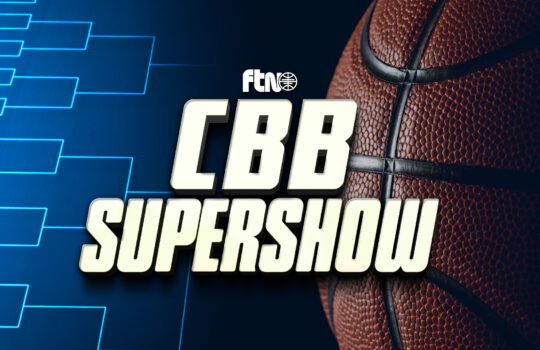

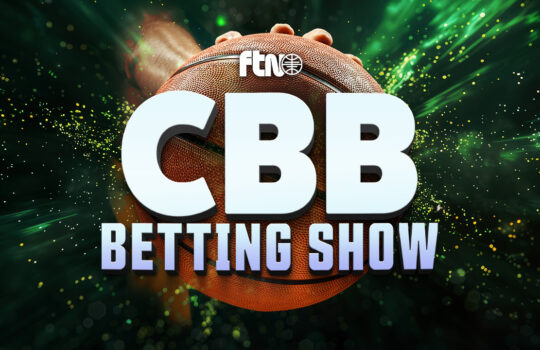











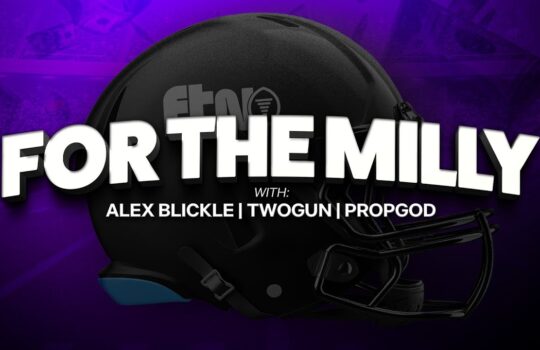






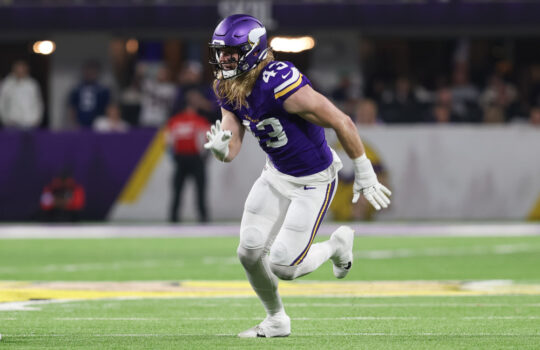



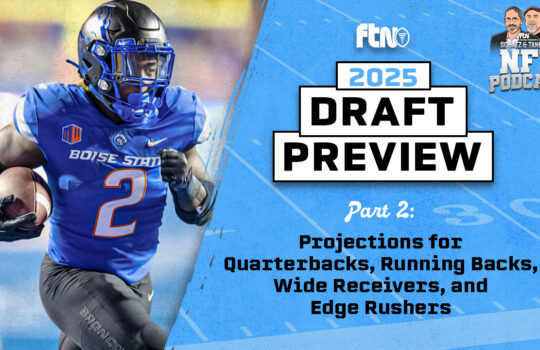

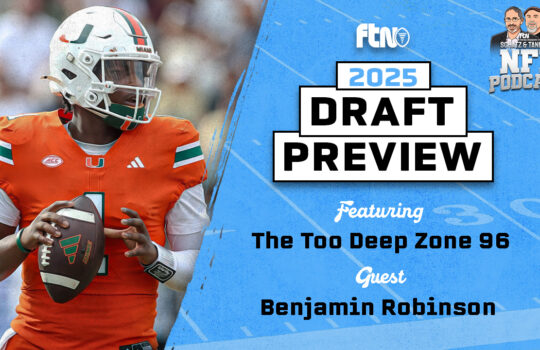
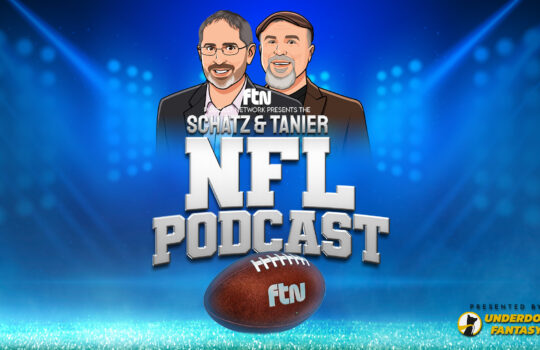






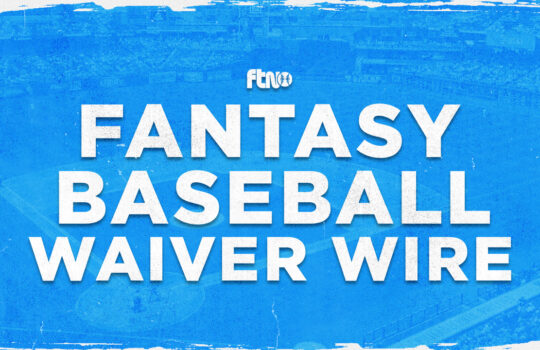

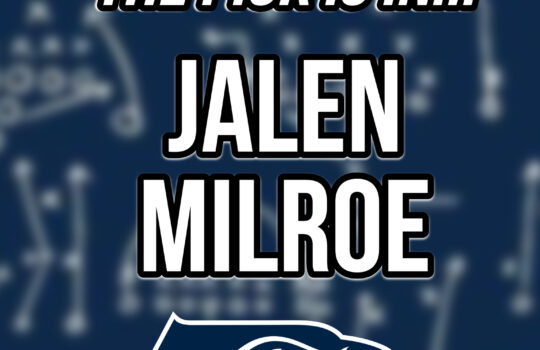

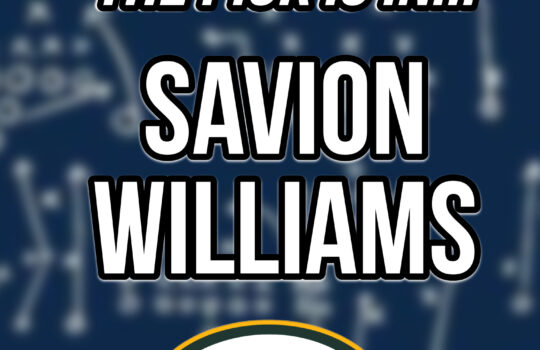
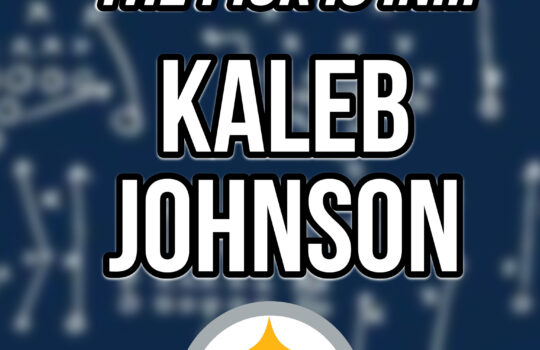

 New York Jets
New York Jets  New England Patriots
New England Patriots 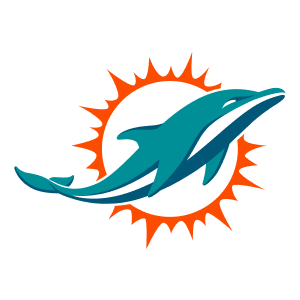 Miami Dolphins
Miami Dolphins  Buffalo Bills
Buffalo Bills  Pittsburgh Steelers
Pittsburgh Steelers  Cleveland Browns
Cleveland Browns  Cincinnati Bengals
Cincinnati Bengals  Baltimore Ravens
Baltimore Ravens 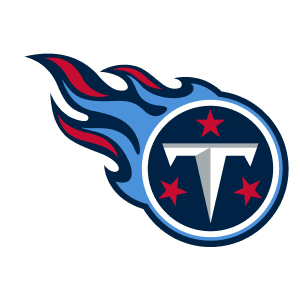 Tennessee Titans
Tennessee Titans  Jacksonville Jaguars
Jacksonville Jaguars  Indianapolis Colts
Indianapolis Colts  Houston Texans
Houston Texans  Las Vegas Raiders
Las Vegas Raiders 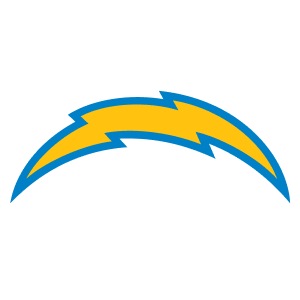 Los Angeles Chargers
Los Angeles Chargers  Kansas City Chiefs
Kansas City Chiefs 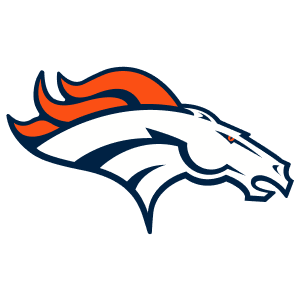 Denver Broncos
Denver Broncos  Washington Commanders
Washington Commanders  Philadelphia Eagles
Philadelphia Eagles 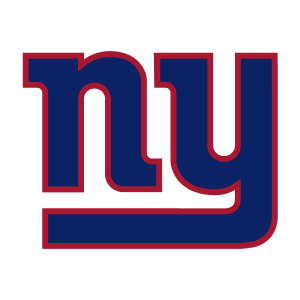 New York Giants
New York Giants  Dallas Cowboys
Dallas Cowboys 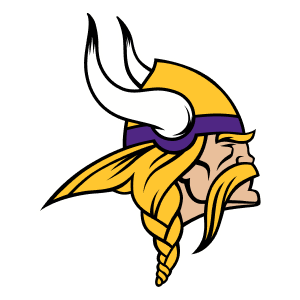 Minnesota Vikings
Minnesota Vikings  Green Bay Packers
Green Bay Packers 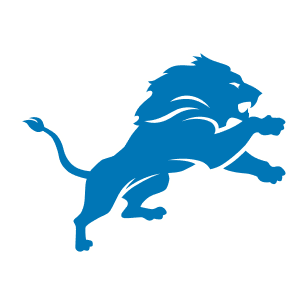 Detroit Lions
Detroit Lions 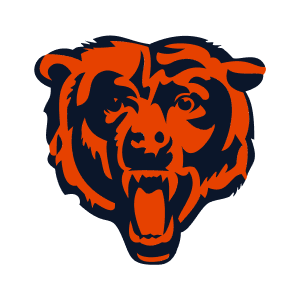 Chicago Bears
Chicago Bears 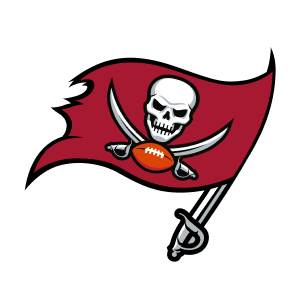 Tampa Bay Buccaneers
Tampa Bay Buccaneers  New Orleans Saints
New Orleans Saints 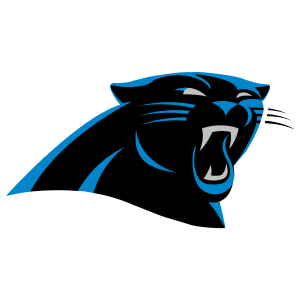 Carolina Panthers
Carolina Panthers 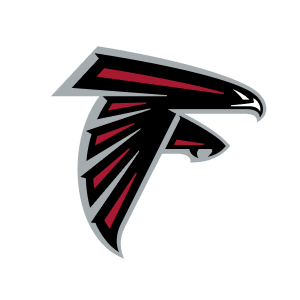 Atlanta Falcons
Atlanta Falcons  San Francisco 49ers
San Francisco 49ers 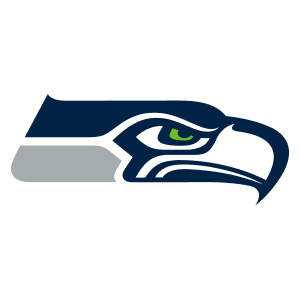 Seattle Seahawks
Seattle Seahawks  Los Angeles Rams
Los Angeles Rams 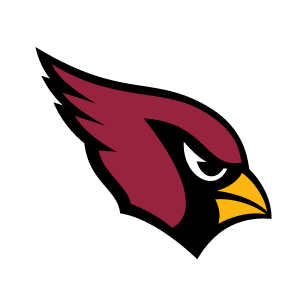 Arizona Cardinals
Arizona Cardinals 
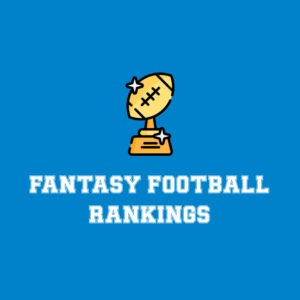
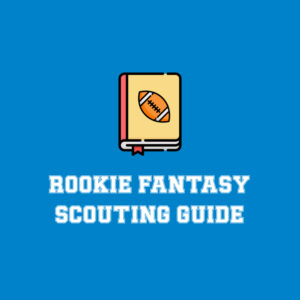
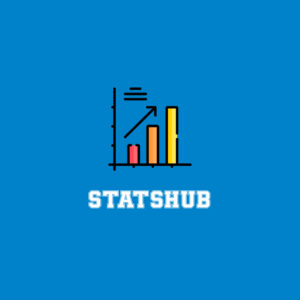
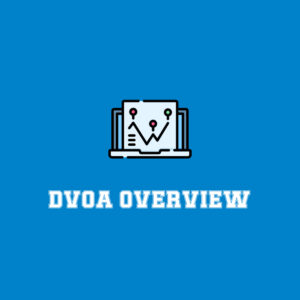




 Boston Celtics
Boston Celtics  Brooklyn Nets
Brooklyn Nets 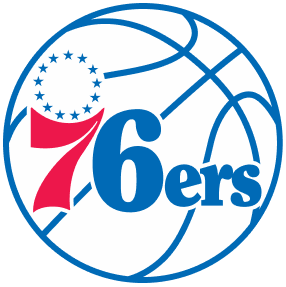 Philadelphia 76ers
Philadelphia 76ers  New York Knicks
New York Knicks  Toronto Raptors
Toronto Raptors  Chicago Bulls
Chicago Bulls  Detroit Pistons
Detroit Pistons  Milwaukee Bucks
Milwaukee Bucks  Cleveland Cavaliers
Cleveland Cavaliers  Indiana Pacers
Indiana Pacers  Orlando Magic
Orlando Magic 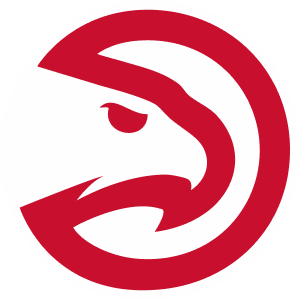 Atlanta Hawks
Atlanta Hawks  Charlotte Hornets
Charlotte Hornets  Miami Heat
Miami Heat  Washington Wizards
Washington Wizards  Denver Nuggets
Denver Nuggets  Minnesota Timberwolves
Minnesota Timberwolves  Oklahoma City Thunder
Oklahoma City Thunder  Portland Trail Blazers
Portland Trail Blazers  Utah Jazz
Utah Jazz  LA Clippers
LA Clippers  Golden State Warriors
Golden State Warriors  Los Angeles Lakers
Los Angeles Lakers  Phoenix Suns
Phoenix Suns  Sacramento Kings
Sacramento Kings  Dallas Mavericks
Dallas Mavericks  Houston Rockets
Houston Rockets  Memphis Grizzlies
Memphis Grizzlies  New Orleans Pelicans
New Orleans Pelicans  San Antonio Spurs
San Antonio Spurs 
